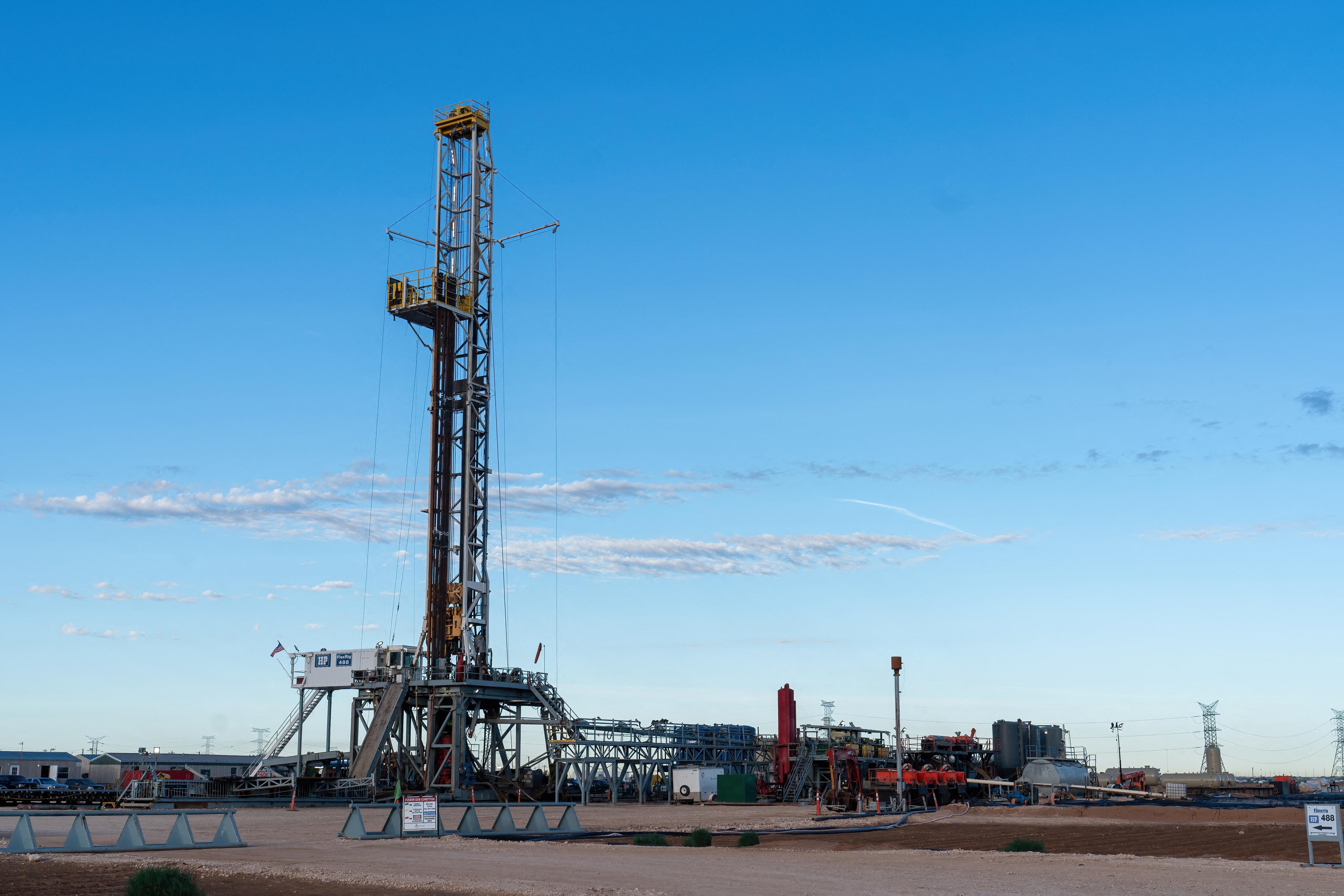
The world needs to spend some $540 billion a year looking for oil and gas to maintain current output by 2050, according to the International Energy Agency.
While global spending is likely to hit $570 billion this year, the amount would be down slightly from 2024, Christophe McGlade, head of the IEA’s energy supply unit, said on a webinar. The outlook means that companies will need to tap reserves that haven’t yet been discovered, unless demand shifts away from fossil fuels.
Its forecast is part of a report that analyzed more than 15,000 fields and how fast their output is declining. Without investment, global supply would fall by the combined production of Norway and Brazil — more than 5 million barrels a day — every year. That amount is around 40 percent higher than it was in 2010, partly because of more reliance on shale production, particularly from the US, which typically depletes faster than conventional reserves.
ALSO READ: Global energy investment set to hit record $3.3 trillion in 2025, IEA says
The outlook matters because there’s little sign of oil demand peaking soon, meaning that elevated output will be needed for years to come. While a global oil surplus is forecast for this year and next, BP Plc this year projected that supply growth outside of the Organization of the Petroleum Exporting Countries from early 2026 would remain largely flat for 12 to 18 months.
“In the case of oil, an absence of upstream investment would remove the equivalent of Brazil and Norway’s combined production each year from the global market balance,” IEA Executive Director Fatih Birol said in a statement. “The situation means that the industry has to run much faster just to stand still.”


